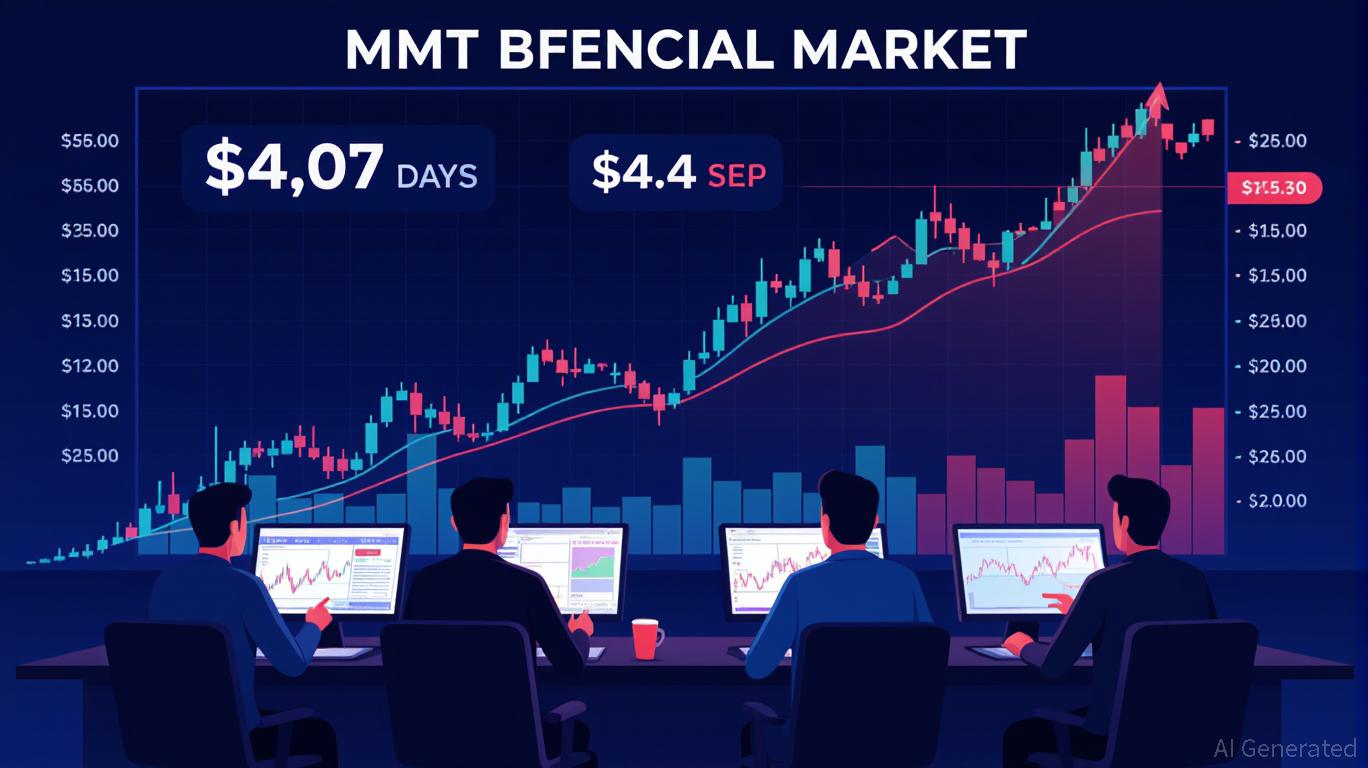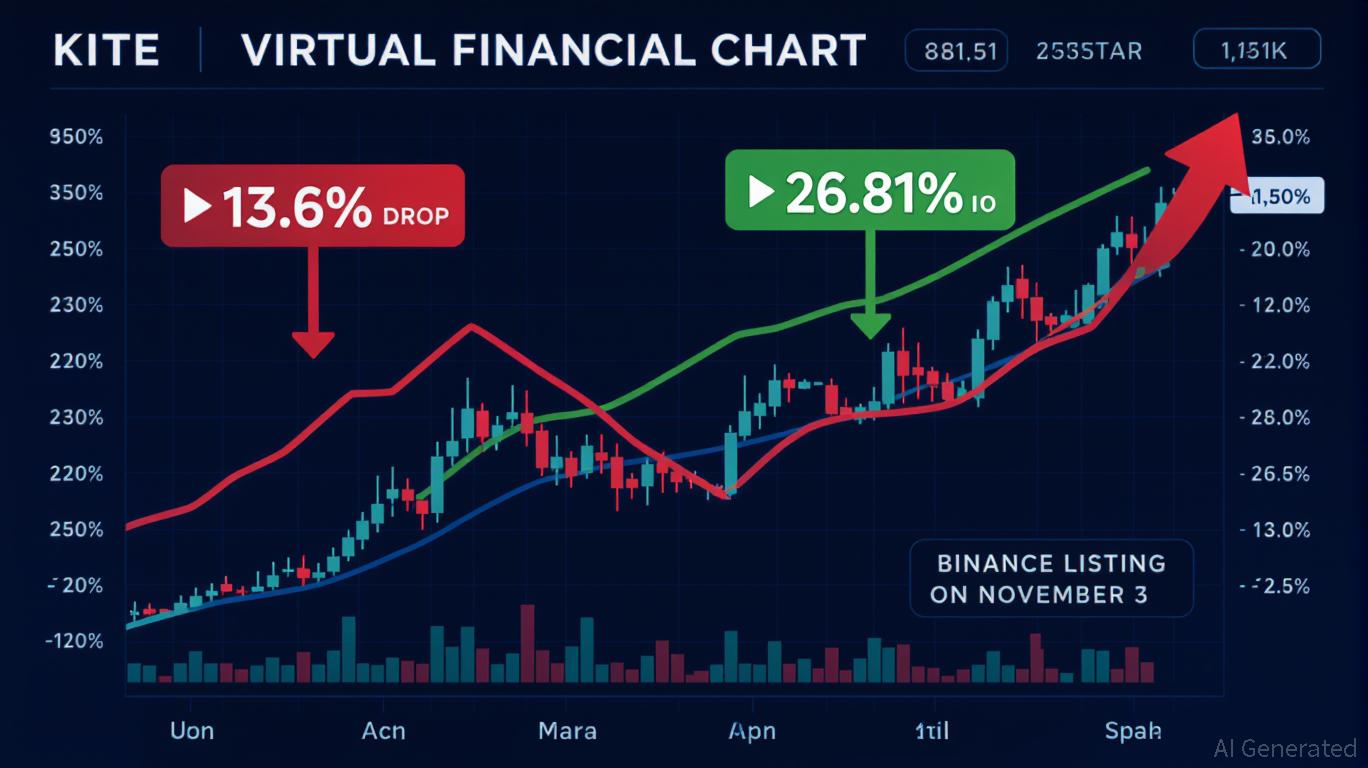U.S. Government Shutdown Hits 38 Days: Crypto Regulation Stalls as CLARITY Act Freezes
-
The 38-day U.S. shutdown freezes agencies, stalls the CLARITY Act, and drains billions from the economy as workers, markets, and crypto await a deal.
-
Crypto regulation hits pause as the SEC and CFTC run skeleton crews, leaving ETF reviews and key bills stuck while uncertainty ripples through markets.
The U.S. government shutdown has now stretched into its 38th day, making it the longest in American history. What started as a budget disagreement has turned into a complete halt of federal operations. Because of this political standoff, major bills have stopped moving in Congress, including the CLARITY Act, a key law that could finally bring clear rules to the crypto industry.
Government Still Locked, Economy Feeling the Pain
The Senate is getting ready to vote on a funding bill that could reopen the government. To pass, both Republicans and Democrats need to agree. The issue holding everything up isn’t crypto or spending, it’s healthcare. Democrats want to extend tax credits that help millions of people afford health insurance. Republicans want to reopen the government first, then discuss healthcare later.
As a result of this shutdown, about 1.4 million federal workers are caught in the middle, and nearly half a million aren’t getting paid. Many have already missed paychecks, causing financial stress. Government services are slowing down, airports are short-staffed, and federal agencies have paused important work.
Having said that, even food assistance programs are also affected. A court recently ordered the government to fully fund SNAP, a program that helps 42 million Americans buy groceries, after payments were reduced. The government appealed the decision, saying Congress must approve funding.
Economists say the shutdown is damaging the economy. Every week the government stays closed, the U.S. loses $10–$30 billion. Growth could drop by up to 2%, and small businesses relying on government funds are running out of cash.
Crypto Regulation Frozen in Place
The shutdown isn’t just affecting workers, it has brought crypto progress to a standstill. Agencies like the SEC and CFTC are operating with minimal staff. This means reviews for crypto ETF applications are paused, delaying decisions that investors have been waiting for.
The CLARITY Act, a bipartisan bill that would finally define how crypto and stablecoins are regulated, was on track to move forward. Senators involved in the bill said discussions were happening daily, and that a vote could happen before Thanksgiving. Coinbase CEO Brian Armstrong even said that nearly 90% of the bill had already been worked out.
But with the government shut down, nothing can move. Washington is frozen, and so is progress on crypto.
Crypto Market Starts Feeling the Impact
The shutdown is also affecting the markets. With government agencies unable to release funds, liquidity is tightening, and investors are becoming cautious. Bitcoin has pulled back from recent highs as uncertainty increases. Prediction platforms reflect the same mood. According to Polymarket traders, there is nearly a 60% chance that the shutdown will continue beyond November 16.
Analyst Tyler highlights the irony that while everything in D.C. feels frozen, the discussions around digital assets and crypto policy are the only things still progressing.
Disclaimer: The content of this article solely reflects the author's opinion and does not represent the platform in any capacity. This article is not intended to serve as a reference for making investment decisions.
You may also like
The Growing Buzz Around Momentum (MMT): Could This Be the Next Big Thing in Crypto?
- Momentum (MMT) surged to $5.18B market cap after Binance's oversubscribed Prime Sale and explosive listing price spikes. - Built on Sui blockchain, MMT's ve(3,3) liquidity model and CLMM architecture aim to optimize DeFi capital efficiency and trading. - Institutional tools like MSafe and RWA integration via Momentum X address DeFi's security and compliance challenges. - Extreme volatility and speculative trading raise sustainability concerns despite Binance's airdrop-driven network effects.

Modern Monetary Theory's Rising Impact on Cryptocurrency and Asset Valuation: Will Fiscal Expansion Inspired by MMT Support Optimistic Price Forecasts for M
- Modern Monetary Theory (MMT) drives 2025 fiscal expansion, prioritizing growth over austerity in Japan and the U.S. - Cryptocurrencies challenge MMT's centralized control, with Bitcoin's fixed supply contrasting MMT's flexible money supply philosophy. - Algorithmic stablecoins face collapse risks amid MMT-driven liquidity, as regulators push for centralized oversight aligned with MMT principles. - Momentum (MMT) token's viability depends on regulatory alignment, with Japan's wage-driven policies potentia

Kite (KITE) Price Forecast and Market Sentiment After Listing: Managing Fluctuations and Assessing Institutional Interest
- Kite (KITE) launched on Binance on November 3, 2025, opening at $0.11 before dropping 13.6% to $0.095, highlighting post-listing volatility. - Short-term price swings were driven by institutional interest in BingX's Xpool staking and leveraged trading up to 50x, per CoinMarketCap analysis. - Long-term potential emerges through BingX's structured staking and U.S. crypto ETF approvals, which could normalize KITE as an AI-focused asset class. - The token's $929M FDV and SPACE Framework's AI agent infrastruc

The MMT Token TGE and What It Means for the Changing Cryptocurrency Landscape
- Momentum (MMT) token's TGE on Nov 4, 2025, saw 885% price surge to $0.8859, highlighting crypto market volatility and TGE dynamics. - MMT's hybrid tokenomics balance inflation (post-6-month launch) with 20% fee-based buybacks and 15% profit-driven burns to sustain value. - Cross-chain expansion via Sui blockchain airdrops and BNB-based incentives demonstrate strategic focus on interoperability and user acquisition. - 376x oversubscribed Binance Prime sale and retroactive HODLer airdrops reflect strong re

